Keo Pagoda, whose Chinese name is Than Quang Tu, in Duy Nhat Commune (Vu Thu) is one of two special national relics of Thai Binh Province. In 2017, the traditional festival of Keo Pagoda was recognized as a national intangible cultural heritage, demonstrating the unique value of culture, architecture, and history preserved at the ancient pagoda.
The opening ceremony of the Holy Temple in Keo Pagoda festival.
Under the ancient temple roof
Located in Hanh Dung Nghia village, Duy Nhat commune, Keo pagoda is on flat land. In front of the pagoda is the Red River, which has been flowing for thousands of years, winding around diligently, carrying fertile soil and alluvium to nourish crops, making everything flourish, the population is dense, the countryside is prosperous, and the scenery is charming.
According to the recorded legend: In 1061, during the reign of King Ly Thanh Tong, Zen Master Duong Khong Lo built Nghiem Quang Pagoda as a place to hide, preach, and protect the country and people. The Zen Master had the merit of curing King Ly Thanh Tong's illness, so the King graciously appointed him as the National Master of the Ly Dynasty. In the year of Giap Tuat (1094), during the reign of King Ly Nhan Tong, the Holy Father National Master Duong Khong Lo passed away at the age of 79. In 1167, King Ly Anh Tong issued an edict to change the name of Nghiem Quang Pagoda to Than Quang Pagoda to commemorate and show gratitude for the Zen Master's merit.
In 1611, a great flood washed away the pagoda, the people of Keo hamlet divided into two villages, one village in the Southeast right bank of the Red River (now in Xuan Hong commune, Xuan Thuy district, Nam Dinh province), the other village in the left bank of the Red River now in Duy Nhat commune (Vu Thu). From then on, the people of the two villages mobilized to rebuild the pagoda, named Keo Pagoda. The remaining stele instructed: Keo Pagoda (Than Quang Tu) was undertaken by Duke Tuan Tho Hau Hoang Nhan Dung and his wife Lai Thi Ngoc Le of the Le - Trinh dynasty, who took charge of the movement to rebuild the pagoda, inviting Crown Princess Trinh Thi Ngoc Tran to be the honorary president. The couple submitted a petition to Lord Trinh to invite Cuong Dung Hau Nguyen Van Tru to design the style. Lord Trinh granted 100 ironwood trees to build the pagoda, and all other materials were contributed by the people. The pagoda began construction in 1630 with 42 workers participating. After 28 months, the entire project was completed to the joy of the people.
Keo Pagoda was built in the style of internal public and external national, with Buddha in front and Saint in the back. Currently, there are 17 structures with 128 compartments. In 2021, Keo Pagoda's altar was recognized as a national treasure. This is an original, unique artifact, elaborately and delicately carved, a masterpiece of Vietnamese carving art in general, and wood carving art in the 17th century Le Trung Hung period in particular. In addition, in the relic site, there is also a Keo Pagoda bell tower made entirely of wood, 11.04m high, divided into 3 floors and 12 roofs. Ms. Nguyen Thi Phuong Duyen, tour guide, Keo Pagoda Relic Management Board said: Keo Pagoda bell tower is a special architectural work in the Keo Pagoda relic complex, a highlight that attracts many tourists when coming to Thai Binh. According to the Vietnam Record Book on December 12, 2007, Keo Pagoda bell tower was recognized as the tallest wooden bell tower in Vietnam. This bell system is only rung twice a year, the first time at the turn of the clock, welcoming the new year, praying for national peace and prosperity; the second time is rung at the beginning of the autumn festival in the 9th lunar month of the year.
Coming here, visitors can also admire nearly 100 original statues with lively and simple shapes, following the principle of being both sublime and spiritual, yet close and harmonious without barriers to the secular world; thrones, gilded red-lacquered altars, golden parasols with purple canopies, eight-character halberds, flying dragons, dancing phoenixes, white horses, pink horses, palanquins, along with colorful parallel sentences and horizontal lacquered boards, unique stylized patterns... created by the talented hands of artisans. Mr. Nguyen Manh Doan, Head of Keo Pagoda Relic Management Board, informed: The special national relic Keo Pagoda was left by our ancestors nearly 400 years ago. Through the ups and downs of history, the government and people have always preserved and conserved its identity and cultural values to pass on to future generations.
Promoting the value of national cultural heritage
Under the ancient pagoda roof, it has become "spring and autumn two periods", there are two festivals held every year: the spring festival in January and the autumn festival in the ninth lunar month with sacrificial rituals and games imbued with folk cultural nuances, close to the daily life of the residents of the Red River Delta. According to statistics from the Keo Pagoda Festival Organizing Committee, the festivals have welcomed a large number of domestic and foreign tourists to offer incense, visit the pagoda, and participate in folk games and performances. In particular, the Keo Pagoda Festival in the fall of 2023 and the Keo Pagoda Festival in the spring of 2024 welcomed hundreds of thousands of visitors. The value of the intangible cultural heritage of the Keo Pagoda Festival has been spread, contributing to promoting the beauty of the land and people here.
With deep pride in the cultural heritage passed down and continued by our ancestors, Keo Pagoda Festival is increasingly being preserved and promoted by all classes of people. Continuing to promote the image, unique architectural, artistic and cultural values to visitors from near and far, Keo Pagoda Festival in the fall of 2024 will be held at the district level for 8 days, from October 12 to 19 (September 10 to 17, Giap Thin year) instead of 6 days as every year. In addition to traditional rituals such as the opening ceremony, incense offering ceremony, and the procession of the Saint, there are also restored and preserved rituals such as puppetry to serve the Saint and spirit mediumship. During the festival, on all festival days, including the evening, when coming to Keo Pagoda festival, visitors can join in competitions, games, folk performances such as festival singing cruise, festival drums, traditional martial arts performances, water puppetry, phoenix wing betel leaf wrapping contest, duck catching contest in the lake, rowing club exchanges... To meet the needs of visitors, at Keo Pagoda festival there are 130 booths including commercial booths, folk food area, display area, introduction of OCOP products and key products of districts and cities in the province and many provinces and cities in the country...
Deep cultural and artistic space at Keo Pagoda festival. In photo: Special art program at the opening ceremony of Keo Pagoda festival in autumn 2023.
As a spiritual cultural tourism destination that cannot be missed in the rice fields of Thai Binh, the special national relic Keo Pagoda and the national intangible cultural heritage Keo Pagoda Festival, with hundreds of years of history, not only play an important role in the development of tourism within the province but also contribute to highlighting the traditional cultural, civilized, patriotic and revolutionary values. At the same time, through the annual festivals, it has practically introduced the potential and advantages for the development of tours and tourist routes, inviting investors to Thai Binh, contributing to the socio-economic development of the locality.
Tu Anh
Source: https://baothaibinh.com.vn/tin-tuc/19/209826/bao-ton-phat-huy-gia-tri-di-san-van-hoa-phi-vat-the-le-hoi-chua-keo


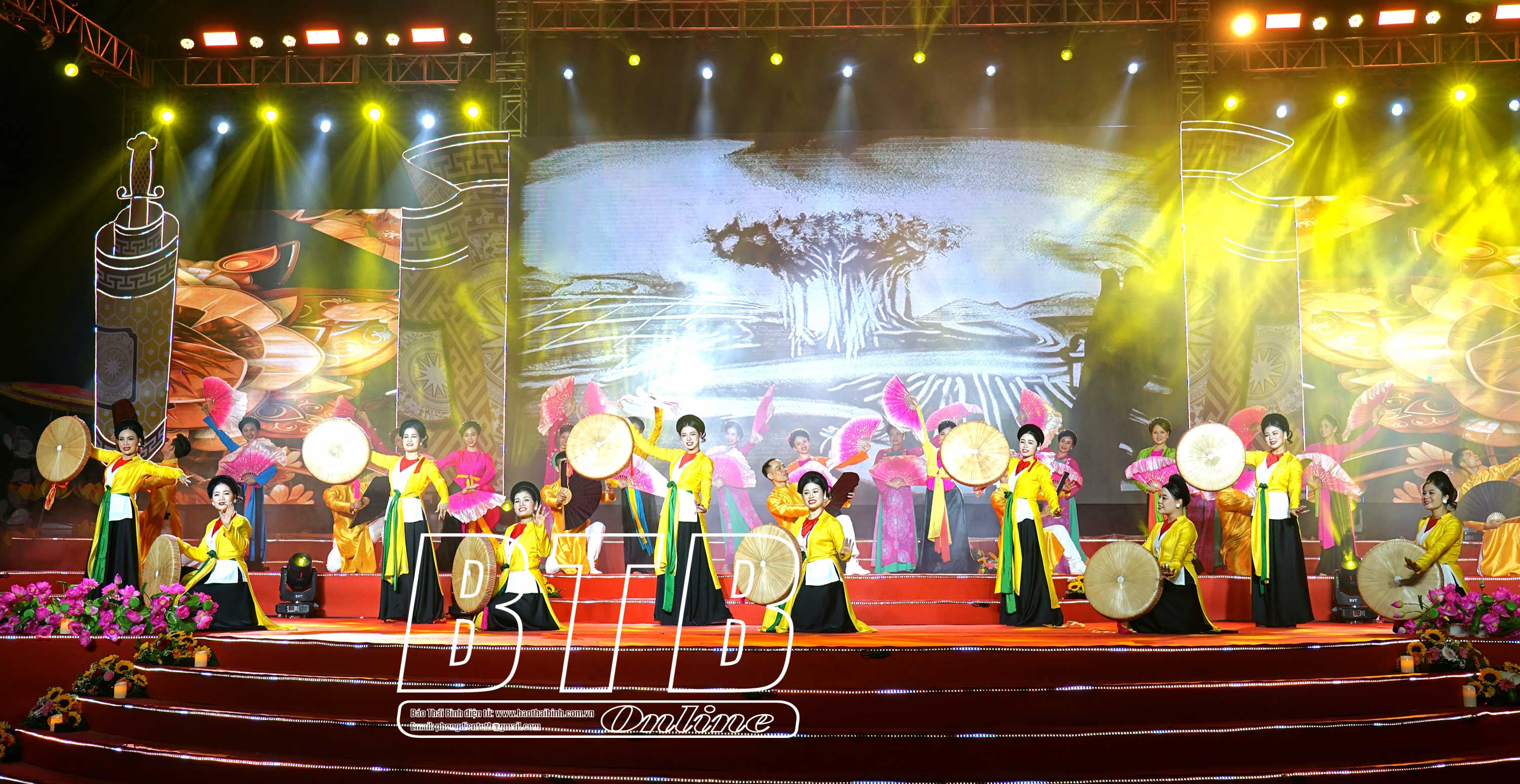
![[Photo] Prime Minister Pham Minh Chinh chairs the Conference to deploy the National Target Program on Drug Prevention and Control until 2030](https://vphoto.vietnam.vn/thumb/1200x675/vietnam/resource/IMAGE/2025/10/09/1759990393779_dsc-0495-jpg.webp)

![[Photo] Prime Minister Pham Minh Chinh chairs a meeting of the Government Standing Committee on overcoming the consequences of natural disasters after storm No. 11](https://vphoto.vietnam.vn/thumb/1200x675/vietnam/resource/IMAGE/2025/10/09/1759997894015_dsc-0591-jpg.webp)



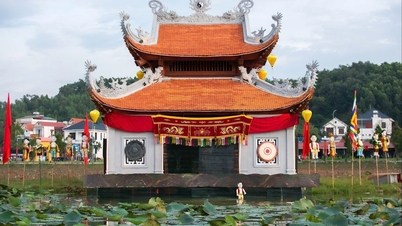

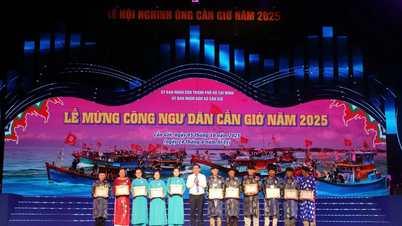


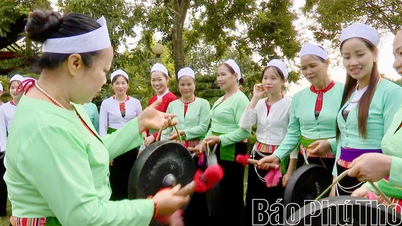

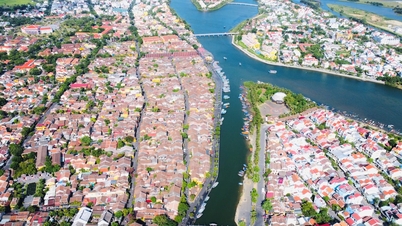


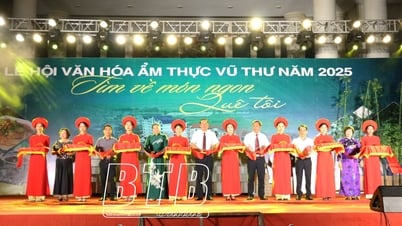

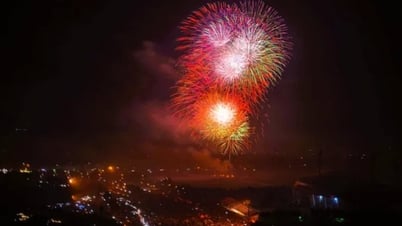

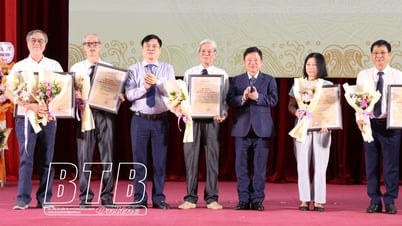

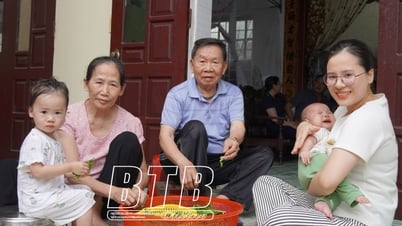





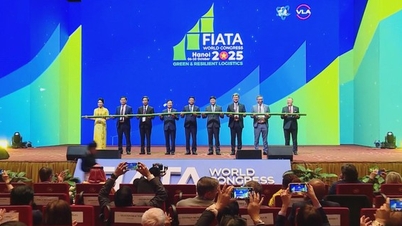






































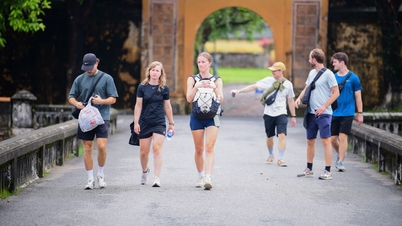











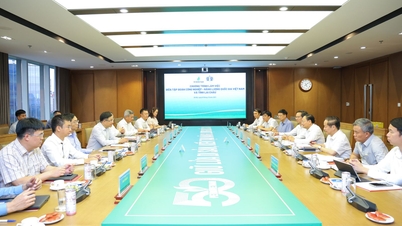


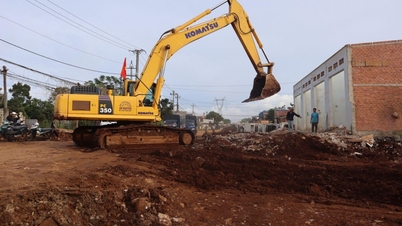















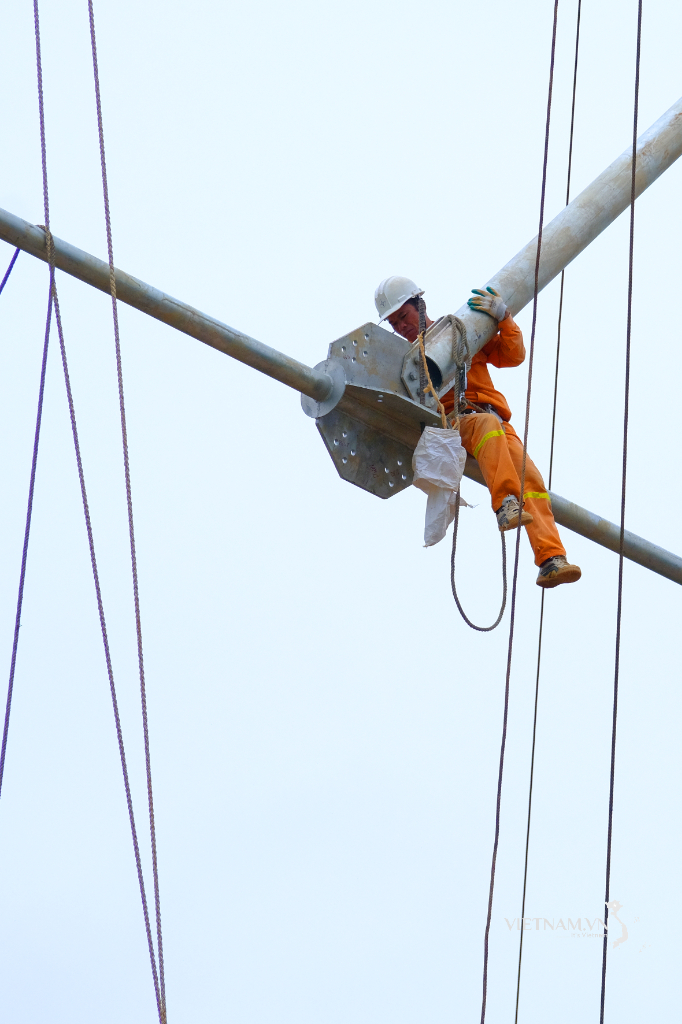

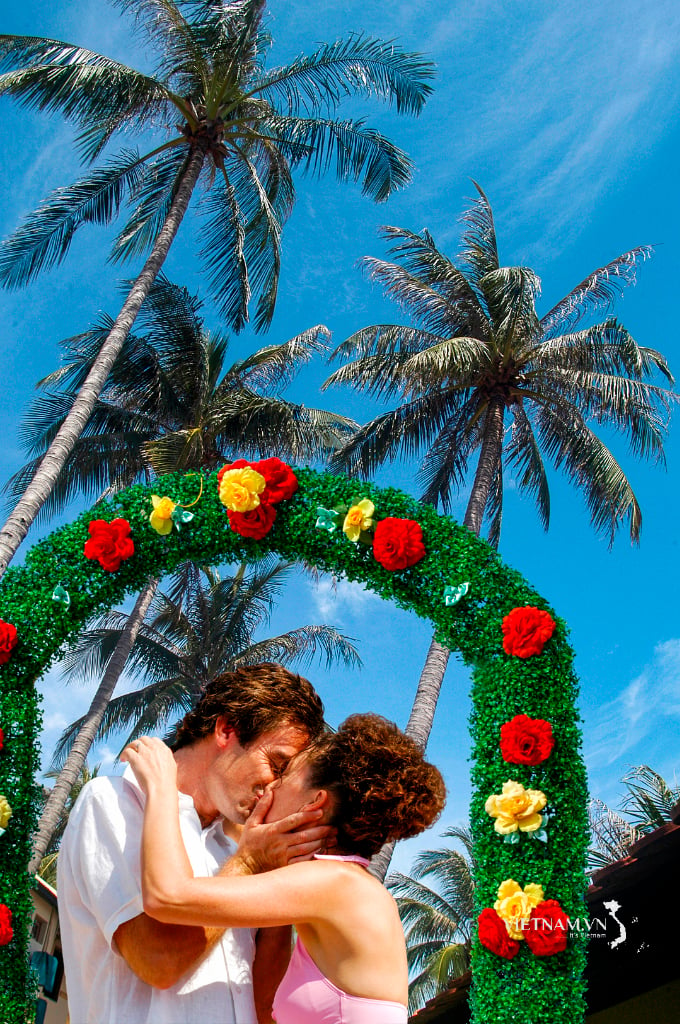
Comment (0)